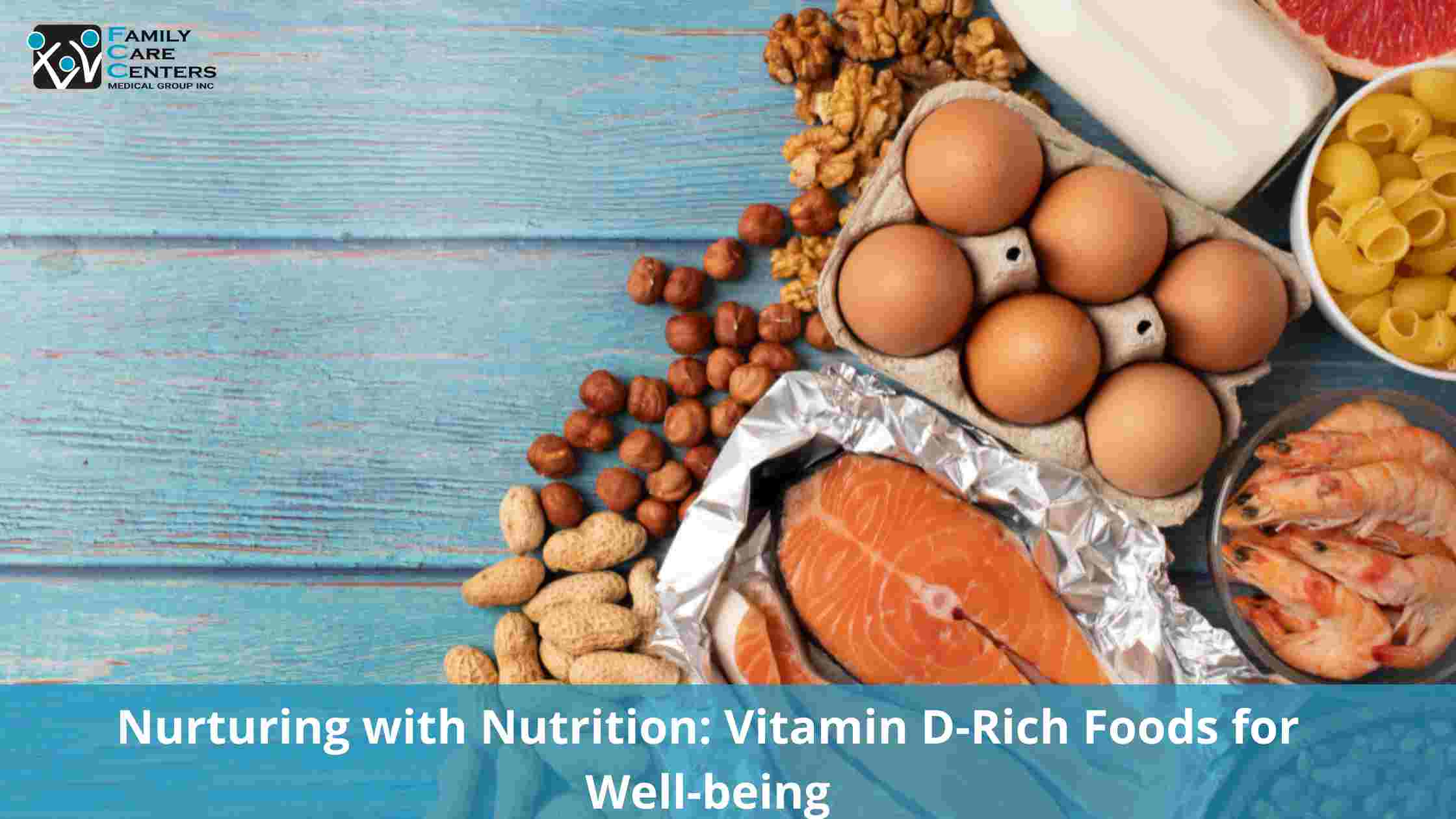


Your body needs a healthy and balanced diet to maintain nutrition levels and carry out daily bodily functions. You can also lower the risk of major health conditions like obesity, heart disease, diabetes, and cancer by adopting a balanced diet. According to a study by the American Society for Nutrition, proper nutrition can positively impact mental health.
Today’s topic: vitamin D, its functions and benefits.
Vitamin D, also called the sunshine vitamin, comprises a group of fat-soluble vitamins. It is a nutrient we intake through different types of food and a hormone our bodies make. It is considered a vital nutrient that performs several critical bodily functions.
Vitamin D enables your body to absorb and maintain blood levels of calcium and phosphorus for healthy bone mineralization. While children need it to build strong bones, adults require it to maintain bone strength. The nutrient prevents the health risks associated with vitamin D deficiency, such as rickets among children, and osteopenia and osteoporosis among adults.
Vitamin D regulates the immune system, suppressing the immune response to over-inflammation. Several studies also suggest a link between long-term vitamin D deficiency and increased risk of autoimmune diseases.
Vitamin D boosts serotonin production, a natural mood stabilizer hormone. Studies have also shown that vitamin D supplementation can reduce negative emotions and benefit patients with major depressive disorders.
Your body can receive vitamin D from the following three sources:
Since most people work indoors, particularly during the winter months, having vitamin D-enriched foods, both natural and fortified, can be the most common way to maintain the required levels in the body. However, depending on their food source, vitamin D can be classified into:
1.Vitamin D2 (Ergocalciferol)
Found in foods sourced from plants and fortified foods such as mushrooms and dietary supplements.
2.Vitamin D3 (Cholecalciferol)
Found in foods sourced from animals and includes oily fish, fish oil, liver, egg yolk, fortified dairy products, and dietary supplements.
According to the, the recommended daily value for most adults is 600 IU (15 mcg). However, if you are over 70 years old, you may need 800 IU (20 mcg).
The following are some vitamin D-rich foods that you can include in your diet.
Fatty fish like salmon, trout, mackerel, and halibut are foods high in vitamin D. The vitamin D content per 100g serving is:
Beef liver is a tremendous source of nutrients, including proteins, minerals, and vitamins. It contains 42 IU per 3 ounces.
The egg yolk of a large egg provides 37 IU. However, pasture-raised or vitamin D-enriched-fed chicken eggs contain much higher vitamin D levels.
Ricotta cheese is a vitamin D-rich food source with 25 IU per serving.
Mushrooms are the only natural non-animal source of vitamin D2. A cup of mushrooms contains 136 IU.
A widespread vitamin D supplement and an excellent source of vitamin D, a teaspoon of the oil provides 450 IU.
Since few foods in their organic state contain vitamin D, many foods are fortified with the nutrient and offered as vitamin D-enriched foods. They include:
1) What are five physical signs you take too much vitamin D?
You may experience decreased appetite, nausea and vomiting, dehydration, fatigue, and difficulty walking. Again, work with your doctor to avoid vitamin D toxicity.
2) What are the signs of low vitamin D?
A few signs of low vitamin D include fatigue, bone pain, muscle cramps, and depression.
Vitamin D capsules, when taken in appropriate doses, are generally considered safe.
The maximum vitamin D per day for healthy adults is 4,000 IU. Check with your physician to have a blood test to properly adjust your vitamin D intake.
You can increase vitamin D in your diet by regularly having vitamin D-rich foods and supplements.
Family Care Centers Medical Group has offered the highest quality primary and urgent medical care since 1982. Our physicians specialize in family and sports medicine and provide services for several non-life-threatening medical conditions. Visit us at any of our urgent care clinics i.e. Fountain Valley Urgent Care, Irvine Woodbridge Walk-In Urgent Care, or Costa Mesa Urgent Care, CA, to get evaluated and start any necessary treatment.